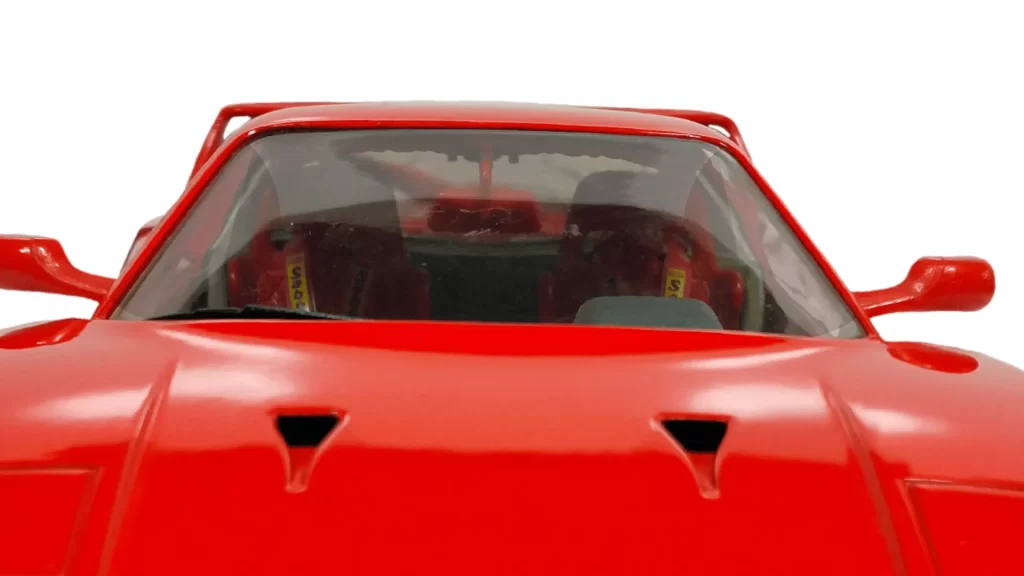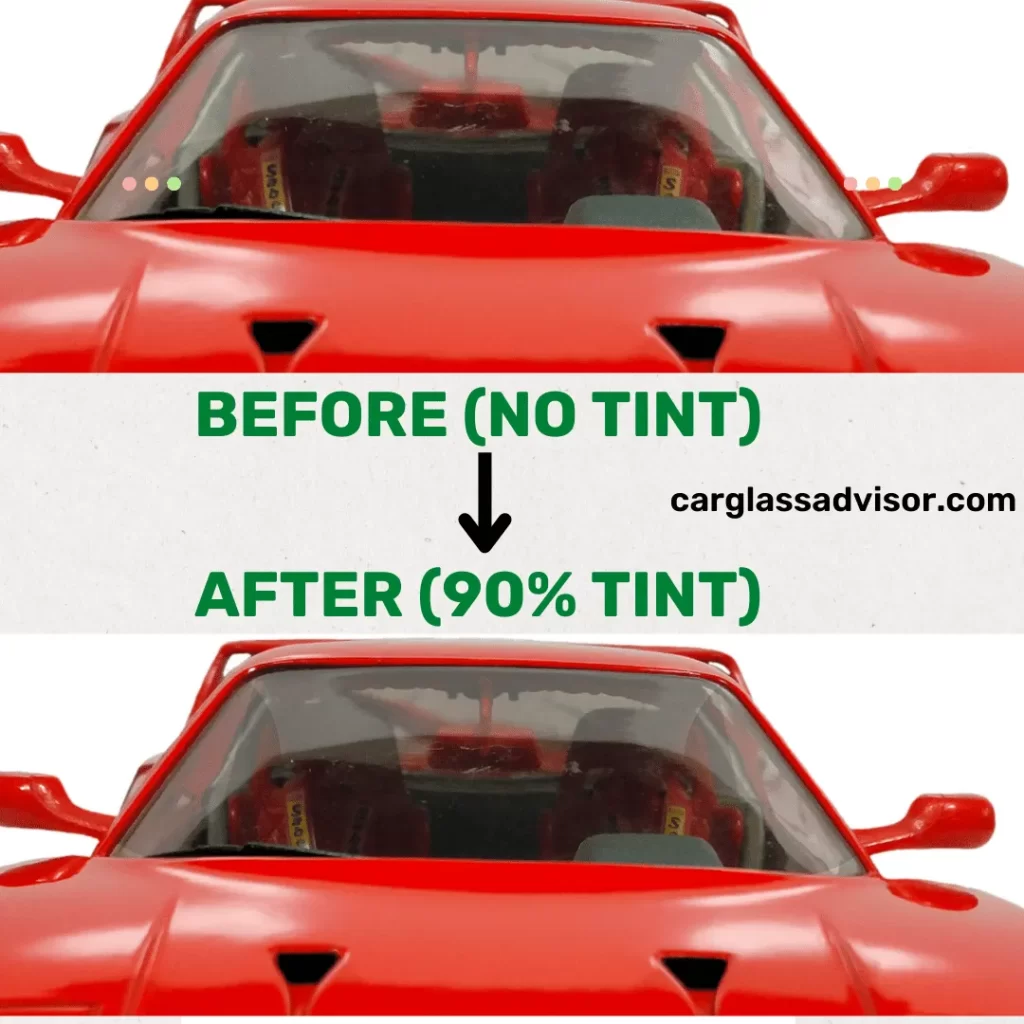For window tinting, the percentage refers to the amount of light that will pass through the film. A 90% tint means it allows 90% of light to pass through, while blocking the remaining 10%. This is considered the standard percentage for window tinting, and is acceptable for use on the front windows of a vehicle in most states.
However, some states, such as New Hampshire, New Jersey, and Vermont, have stricter laws regarding the percentage of tint that is allowed on the front windows of a vehicle. It is important to check with your local state laws to ensure that you comply with the regulations in your area.
On the other hand, the 90% tint is acceptable for use on the side and rear windows of a vehicle in almost all states. This allows for a bit of privacy and protection from the sun’s rays, while still allowing a good amount of light to pass through.
Overall, the 90% window tint is a popular choice for those looking to add a bit of privacy and protection to their vehicle, while still maintaining good visibility. Just be sure to check with your local laws to ensure that you comply with the regulations in your area.
What does 90% tint look like?
90% tint appears as a very light film on the windows of a vehicle. It is not completely transparent, but it is not as dark as some of the other tint percentages available. From the outside, it may look like a slightly frosted or blurry window, while from the inside, it will appear slightly darker than the surrounding area. The exact appearance may vary slightly depending on the specific brand and type of tint used.

Car Window Tint Percentage Visualization Tool
Select a percentage value from 1 to 100 to see how dark it is:
Selected Percentage:
Use the basic window tint visualization tool above to see how dark 90% tint is. Set the value to 90 and the tool will simulate the tint percentage for the most common black tinting film. However, for other tint colors, use our advanced tint percentage visualization tool. That said, the car picture below shows the comparison between no tint and 90% tint.

Can you see through 90% tint at night?
Yes, you should be able to see through 90% tint at night. While it will block a small amount of light, it still allows a significant amount to pass through. This means that visibility should not be significantly impacted, even in low light conditions. The level of visibility may vary slightly depending on the specific brand and type of tint used, as well as the lighting conditions.
How much does 90% tint cost?
The cost of tinting a window with 90% tint can vary depending on several factors, including the size of the windows, the type of film used, and the location of the installation. On average, you can expect to pay anywhere from $100 to $300 for 90% tint on a single vehicle. It is worth noting that the cost may be higher or lower depending on the specific circumstances.
Is 90% tint worth it?
Whether 90% tint is worth it is ultimately a personal decision that will depend on your specific needs and preferences. Some people may find that the added privacy and protection from the sun's rays is worth the cost of the tint, while others may feel that the benefits are not significant enough to justify the expense. It is worth considering your own needs and budget before deciding on whether 90% tint is worth it to you.
Conclusion
The 90% window tint allows 90% of light to pass through and blocks only 10% of light. This is the usual percentage that is permitted on the front window of a vehicle in most states, except New Hampshire, New Jersey, and Vermont. However, you can typically use this percentage of tint on the side and rear windows in nearly all states. I recommend checking with your local state laws to determine what is acceptable in your specific area.

